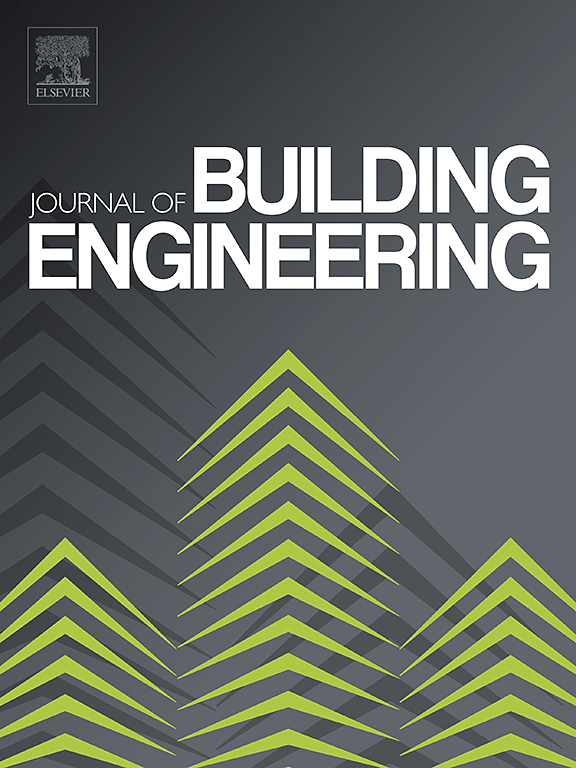Transverse compressive properties, long-term stress relaxation, and post-relaxation properties of unidirectional CFRP composites
IF 6.7
2区 工程技术
Q1 CONSTRUCTION & BUILDING TECHNOLOGY
引用次数: 0
Abstract
Unidirectional carbon fiber reinforced composites (UD-CFRP) have the advantages of high strength, corrosion resistance, and lightweight, making them potential materials for structural components such as cables. In engineering cables, UD-CFRP composites are subjected to transverse compressions in the cable anchorage, except for tensile forces in cable bodies. Thus, their compression creep characteristics are critical for the long-term performance of cable anchorages. This paper first investigated the microscopic transverse compression failure modes and the microscopic failure modes utilizing scanning electron microscope analysis, as well as analyzed the transverse compressive stress-strain relationship, strength, elastic modulus, and Poisson ratio. Afterward, the transverse compression stress relaxation tests were conducted, under different stress levels, and the relaxation characteristics were analyzed. Besides, the post-relaxation static compressive properties were also tested. Finally, based on the stress-relaxation test results and the recommendations of specifications, the stress-relaxation model was proposed, presenting the stress-relaxation under million-hour development. The results showed that UD-CFPR exhibited compression-shear failure mode under transverse compression. The stress-relaxation exhibited three stages with loading time, including the fast-developing period, the rapid-developing period, and the stable-developing period. After being subjected to long-term compressive stress relaxation, the static transverse compression failure modes and strength remained unchanged, but the elastic modulus improved by around 10 %. Under the stress level of 30 %–80 %, the million-hour stress relaxation ratio was between 19.05 %–33.76 %.
求助全文
约1分钟内获得全文
求助全文
来源期刊

Journal of building engineering
Engineering-Civil and Structural Engineering
CiteScore
10.00
自引率
12.50%
发文量
1901
审稿时长
35 days
期刊介绍:
The Journal of Building Engineering is an interdisciplinary journal that covers all aspects of science and technology concerned with the whole life cycle of the built environment; from the design phase through to construction, operation, performance, maintenance and its deterioration.
 求助内容:
求助内容: 应助结果提醒方式:
应助结果提醒方式:


